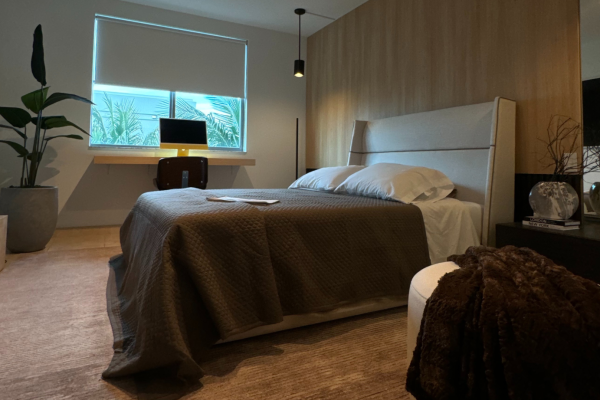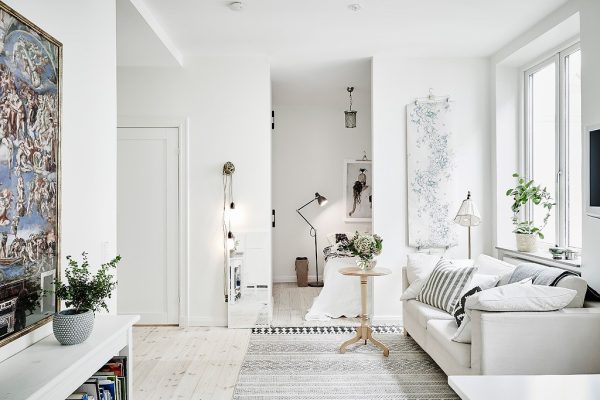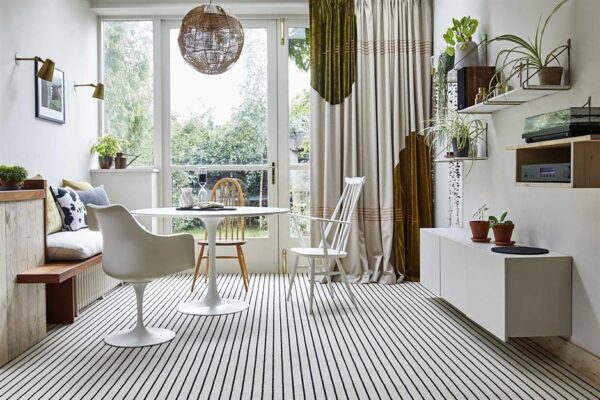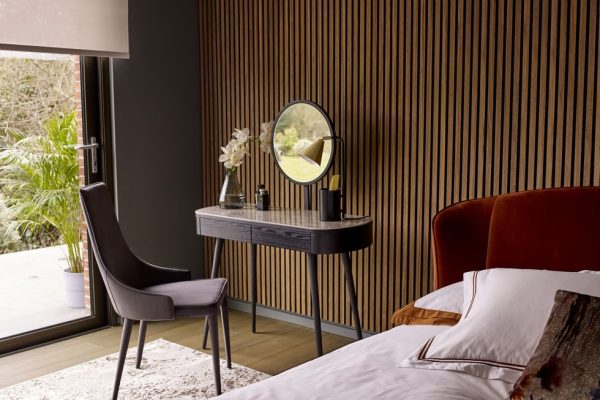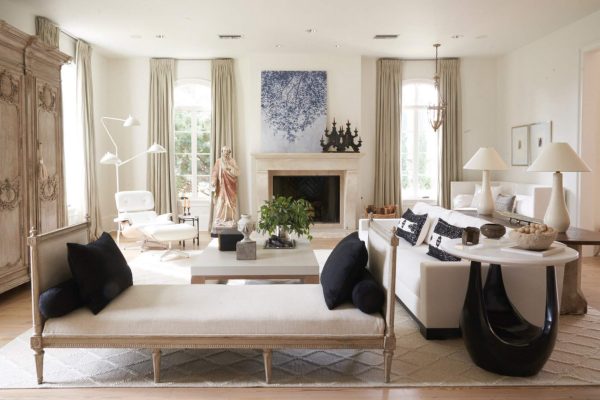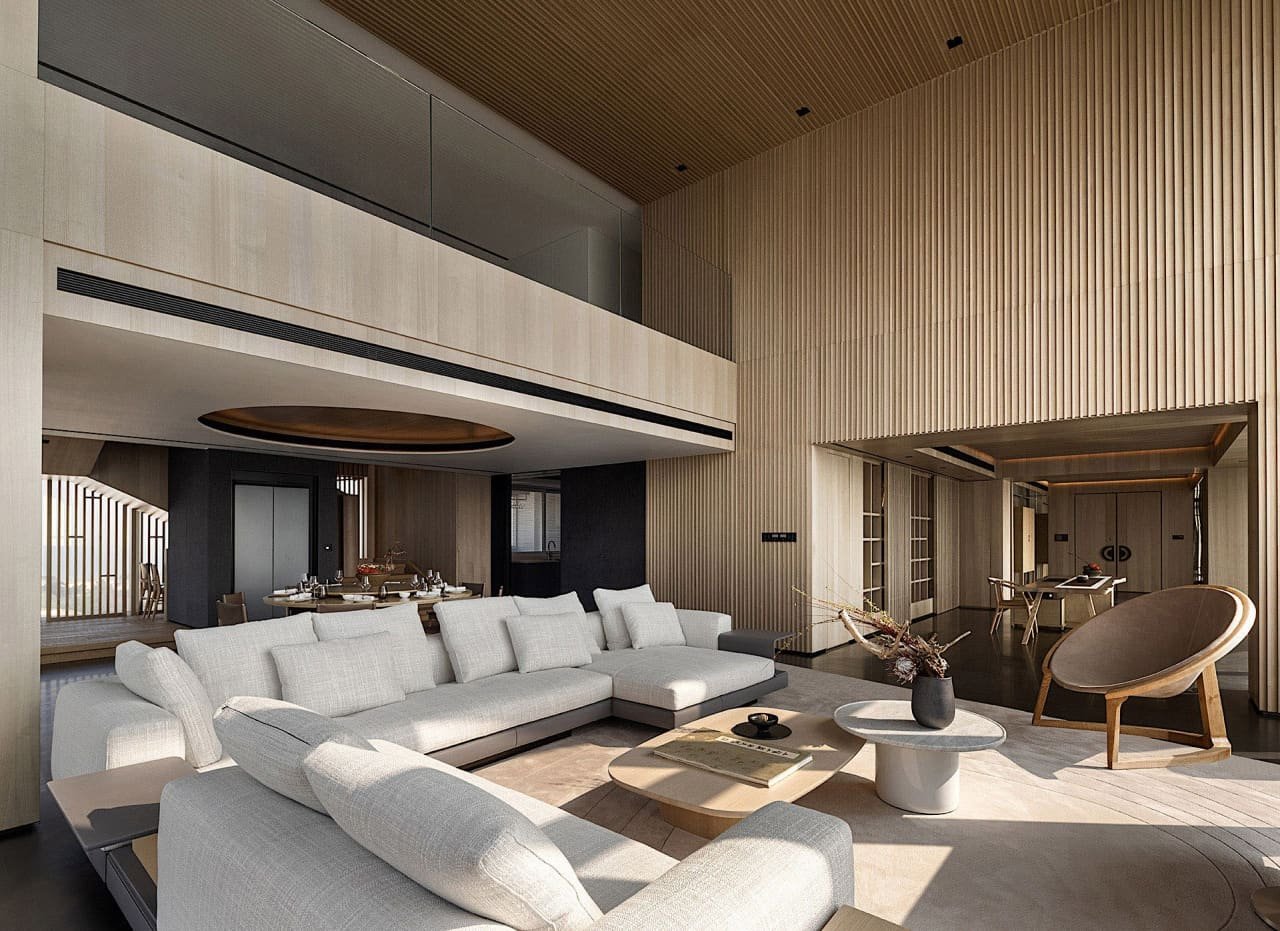
Interior design is a multifaceted discipline that goes beyond mere decoration. It’s about transforming spaces into functional, stylish, and harmonious environments. When done right, interior design encompasses the three essential aspects of space, style, and serenity. In this blog, we’ll explore how these three S’s play a pivotal role in creating interiors that not only look beautiful but also function seamlessly and promote a sense of serenity and well-being.
1. Space: The Foundation of Design
Space is the canvas on which interior designers work their magic. It’s about optimizing the available area to meet the practical needs of the occupants. Key considerations include:
Layout and Flow: Designers plan the layout to ensure a natural flow and functionality. This involves selecting furniture and arranging it to maximize space.
Spatial Efficiency: Efficient use of space is crucial, especially in smaller homes. Clever storage solutions, multifunctional furniture, and open layouts can make a space feel more expansive.
Zoning: Zoning involves defining different areas or zones within a space for various purposes. For example, in an open-concept living area, there may be distinct zones for cooking, dining, and relaxation.
2. Style: The Artistic Expression
Style is the aesthetic aspect of interior design. It’s about creating an environment that reflects the homeowner’s taste and personality. Elements of style include:
Color Palette: The choice of colors sets the mood and ambiance. It can be vibrant and bold or serene and muted, depending on the desired style.
Furniture and Decor: Selecting furniture, decor items, and artwork that align with the chosen style is essential. Whether it’s contemporary, vintage, or eclectic, the style should be consistent throughout the space.
Materials and Textures: The materials used, from flooring to upholstery, contribute to the overall style. Natural materials like wood and stone can create a rustic feel, while sleek surfaces convey a modern vibe.
Patterns and Prints: Patterns, whether in textiles, wallpapers, or tile, add visual interest and personality. They can range from classic stripes to bold geometrics.
3. Serenity: The Essence of Well-Being
While space and style address functionality and aesthetics, serenity is about creating a tranquil and emotionally nurturing environment. This includes:
Balance and Harmony: Achieving balance in design elements creates a harmonious atmosphere. A sense of equilibrium in color, texture, and scale promotes a feeling of serenity.
Clutter Control: Clutter disrupts serenity. Effective storage solutions and decluttering techniques maintain an organized and peaceful space.
Natural Elements: Incorporating elements from nature, such as houseplants, natural materials, or a view of the outdoors, can enhance serenity.
Lighting: Proper lighting, including natural light and well-designed artificial lighting, impacts the ambiance. Soft, warm lighting contributes to a serene atmosphere.
Comfort: The comfort of furniture, cozy textiles, and ergonomic design elements all contribute to a sense of well-being.
Conclusion
Space, style, and serenity are the pillars of effective interior design. Achieving a balance between these three S’s ensures that a space is not only aesthetically pleasing but also functional and emotionally enriching. When all three aspects work in harmony, the result is a well-designed interior that promotes a sense of serenity, making it a true haven for the occupants. Interior design, at its core, is about creating spaces where life is not only lived but also enjoyed to the fullest.
